Disclaimer: This blog post contains affiliate links. If you make a purchase through these links, I may earn a small commission at no additional cost to you. Learn More. Thank you for supporting our garden community.
How to Grow Peppers This Summer
Are you a pepper enthusiast looking to grow your own pepper plants at home? Whether you are a seasoned gardener or a beginner looking to start your gardening journey, learning how to grow peppers can be a fulfilling and rewarding experience. In this blog post, we will walk you through everything you need to know about growing peppers, from selecting the right varieties to caring for your plants and harvesting a bountiful crop.
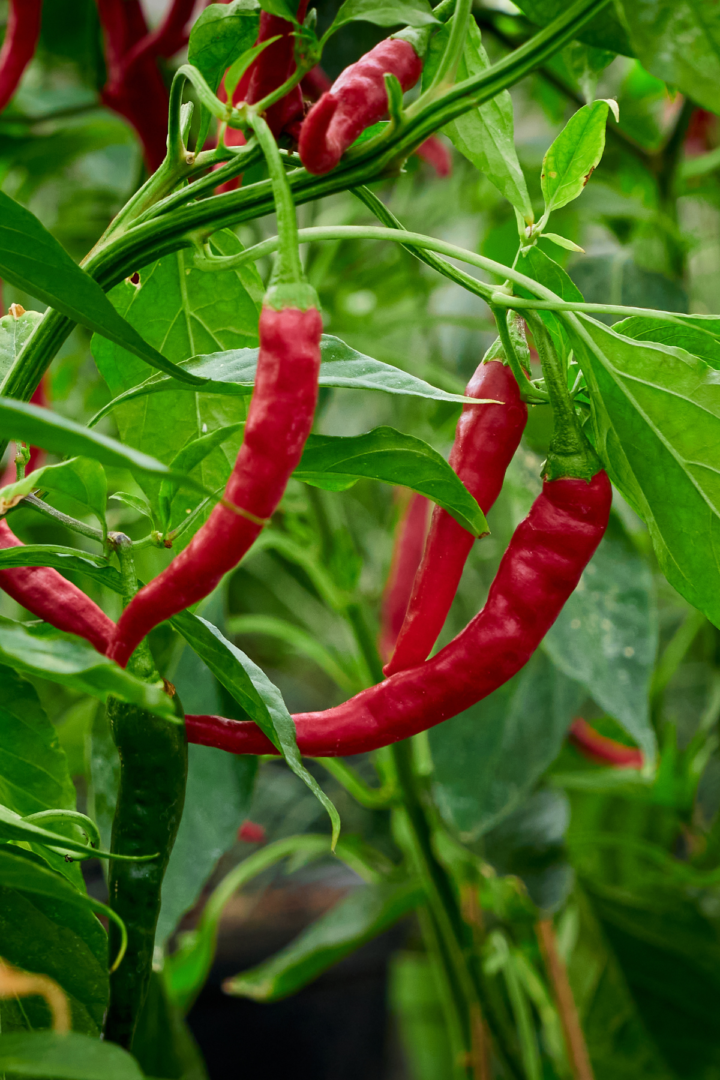
Peppers are a must-grow summer crop for every gardener. However, there are a few things that are special about growing peppers, which we have compiled for you.
How to Grow Peppers
In this blog post, you will learn essential tips on how to grow peppers successfully, from selecting the right pepper variety to harvesting a bountiful crop. You will understand the importance of proper plant care, including watering, fertilizing, and protecting pepper plants from pests.
Additionally, you will gain insights into the benefits of pruning pepper plants to promote healthier growth and increase yields. By following the comprehensive guidelines provided in this post, you will be equipped with all the knowledge and tools necessary to cultivate thriving pepper plants and enjoy a plentiful harvest of fresh, flavorful peppers.
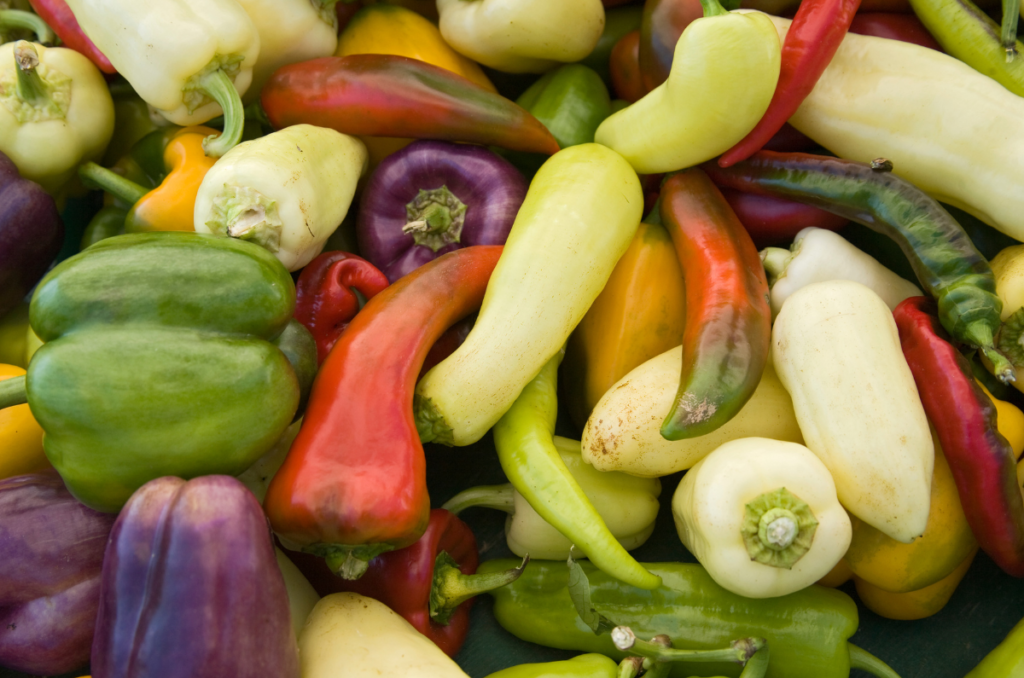
Selecting the Right Pepper Variety
The first step in growing peppers is choosing the right variety that suits your preferences and growing conditions. There are various types of peppers available, including sweet peppers, hot peppers, and bell peppers. Consider factors such as your climate, space availability, and level of spiciness you prefer when selecting the pepper variety to grow.
When considering climate, take into account the fact that some peppers (like bell peppers) take much longer to produce because they are larger, compared to smaller peppers. If you are in a very cold zone with a short growing season, bell peppers may be completely off the table for you. Instead, turn to smaller, possibly spicier peppers.
To check out a full list of pepper varieties, click the following link: Pepper varieties from SeedsNow!
Planting Peppers
Peppers thrive in warm and sunny conditions, making them ideal for outdoor garden beds or containers. When planting peppers, make sure to choose a location with well-draining soil and ample sunlight. Start your pepper plants indoors 8-10 weeks before the last frost date in your area to give them a head start.
Caring for Pepper Plants
Once your pepper plants are established, they require regular watering to keep the soil moist but not waterlogged. Allow the soil to dry out in between waterings, which is part of the natural growth of pepper plants.
Peppers are heavy feeders, so fertilize them with a higher phosphorus and potassium organic fertilizer to promote healthy growth and fruit development. If you use a fertilizer that is high in nitrogen, the plants will produce a lot of leaves, but not so many flowers and fruits.
Mulching around the base of the plants can help retain moisture and suppress weeds.
Pruning Pepper Plants for Optimal Growth
Pruning peppers is an essential technique that can help promote healthier plants and increase yields. By pruning, you can improve air circulation, control plant size, and redirect energy towards fruit production. Here are some key points to keep in mind when pruning pepper plants:
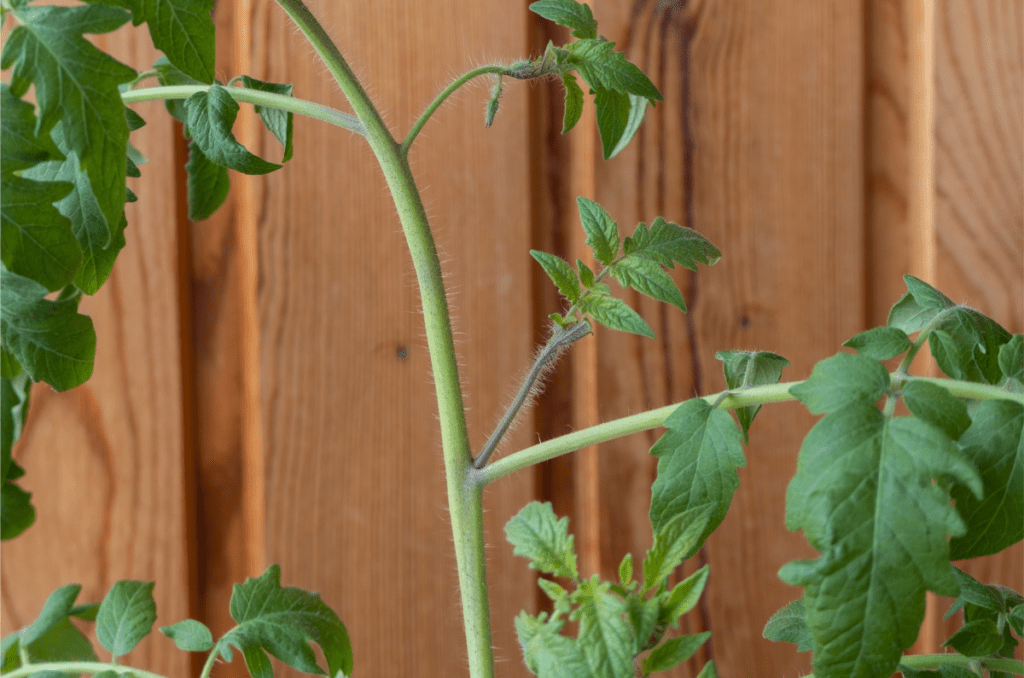
Removing Suckers
Similarly to tomatoes, pepper plants tend to produce side shoots known as suckers. These suckers emerge in the leaf axils, between the main stem and the leaf nodes. I only remove suckers if I am growing a large pepper variety that I know will only produce a few peppers.
For smaller peppers (such as cayenne or habanero), I never remove suckers because they can produce hundreds (literally) of peppers every year.
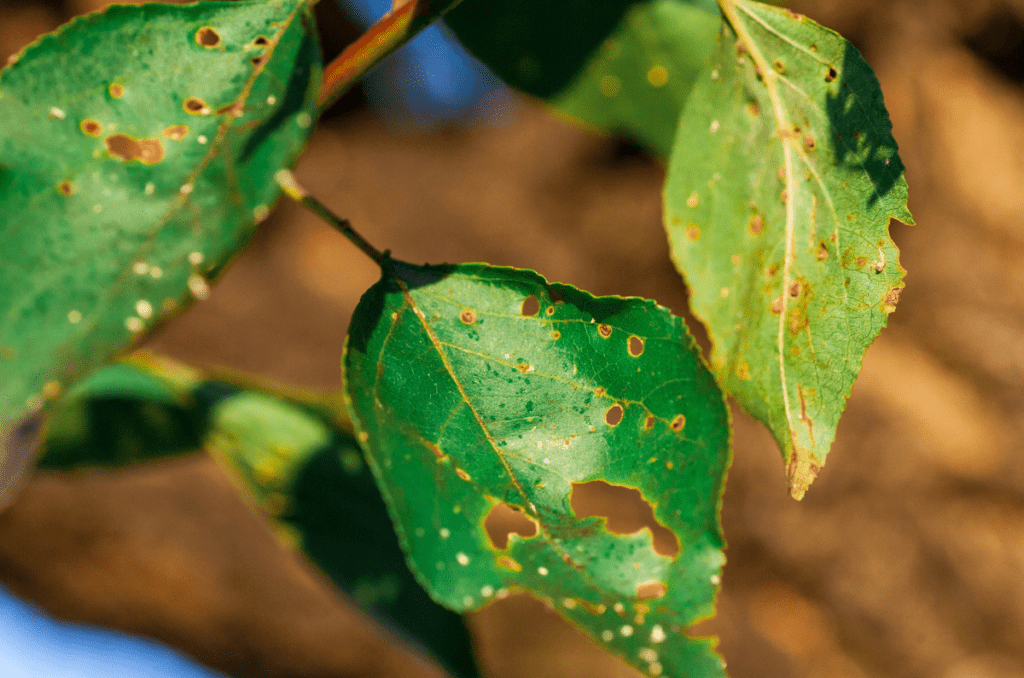
Trimming Diseased or Damaged Parts
Regularly inspect your pepper plants for any signs of disease, such as discolored or wilted leaves. If you notice any affected areas, promptly remove them to prevent the spread of disease to the rest of the plant. Additionally, remove any damaged or dead branches to maintain the plant’s overall health and vigor.
A good rule of thumb is to prune off the bottom 4-6 inches of leaves. This takes away the plant’s direct contact with the soil, reducing the chance of contracting disease.
Managing Plant Size
Some pepper plants, particularly hot pepper varieties, can grow quite tall and bushy. To control the plant’s size and prevent overcrowding, consider pruning off the tips of the branches. This will encourage lateral growth and help the plant allocate more energy towards pepper production.
Remember, when pruning pepper plants, always use clean and sharp pruning shears to minimize the risk of transmitting diseases between plants. Additionally, avoid excessive pruning, as it may stress the plants and impact their overall productivity.
Trellising Pepper Plants
I typically don’t use any support structure for my pepper plants, but it can be useful and necessary in some cases. For example, if you are growing a large pepper variety that may weigh down the plant, you should probably stake it. You can also try using a tomato cage.
Managing Pests
Pepper plants are susceptible to pests such as aphids, spider mites, and caterpillars. To protect your plants from pests, inspect them regularly and use organic pest control methods when necessary.

Blossom End Rot (BER)
Blossom end rot is a nutritional disorder that is common among many garden vegetables; literally the rot of the blossom end of the fruit. It is even more common among solanaceous crops, such as peppers, tomatoes, and eggplant. It is caused when a lack of calcium is brought to the fruits, which is caused by uneven watering.
It is technically a calcium deficiency, but not necessarily because your soil is deficient in calcium. The more probable cause is the wet-dry cycle of watering peppers; you water the soil and it is really moist, then you don’t water and it dries out completely, then you water again to moisten it, and so on.
You can avoid BER by maintaining a regular watering schedule for your peppers.

Harvesting Peppers
The moment of harvest is one of the most rewarding parts of growing peppers. Every pepper variety can be harvested when they are green or left on the plant to ripen to their final color, whether it be red, orange, yellow, or purple. Use a sharp pair of scissors or pruning shears to cut the peppers from the plant carefully.
Try not to rip the fruits from the plant, as this can damage the main stem. I know, we all do it, even I am tempted at times.
Frequently Asked Questions
Wait to plant peppers outdoors until there is no danger of frost. Planting times will vary depending on your climate. In general, peppers are warm-season vegetables that prefer warm soil temperatures.
When transplanting pepper seedlings, bury the stem up to the first set of leaves. Similarly to tomatoes, peppers will grow roots along their stem if buried in the soil.
Most pepper varieties take about 60-70 days to mature from the time they are transplanted outdoors.
Yes, peppers can be grown in containers as long as the container is large enough and has drainage holes. You can also try using grow bags.
Even More Gardening Ideas
Here are a few more posts to get the ball rolling in your garden!
Products
For all-purpose organic fertilizers, check out Arber.
To buy organic, non-GMO garden seeds, check out SeedsNow.
For a wide selection of perennial garden plants, check out Nature Hills Nursery.
For gardening equipment, check out Bootstrap Farmer
Conclusion
Growing peppers can be a delightful and fulfilling experience for any gardener. By following the guidelines outlined in this blog post on how to grow peppers, you can enjoy a bountiful harvest of fresh, flavorful peppers right from your own garden.
Remember to be patient and attentive to your plants’ needs, and you’ll soon be enjoying the fruits of your labor. Happy growing!
If you want to learn more about gardening, foraging, nature, and sustainability, check out The Real Gardener on Instagram, YouTube, and Pinterest.
This post was linked to in Ridge Haven Homestead’s Homestead Blog Hop 504, Create-It Link Party 349, and Create With Joy’s Inspire Me Monday Blog Hop 578. Check them out to learn more!
Pin this post for later:
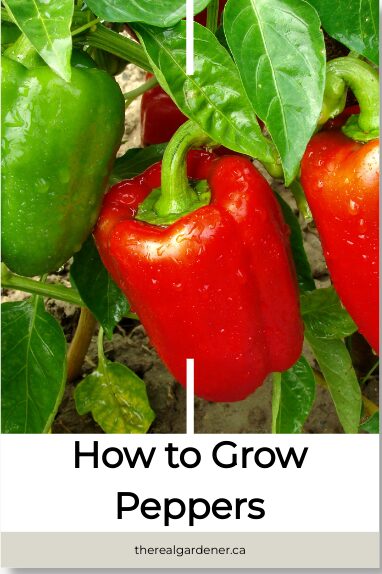
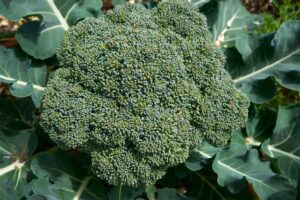
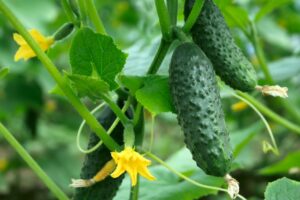
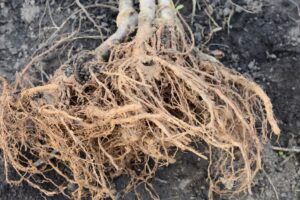
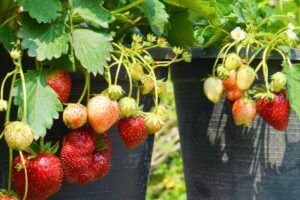
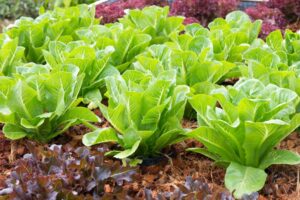
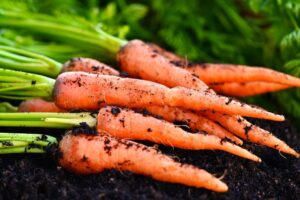
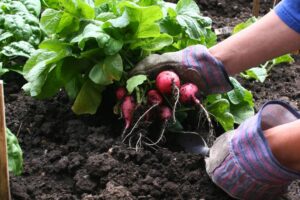
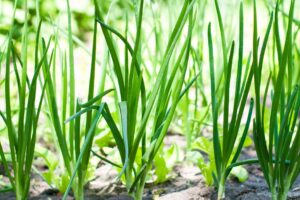

Leave a Reply